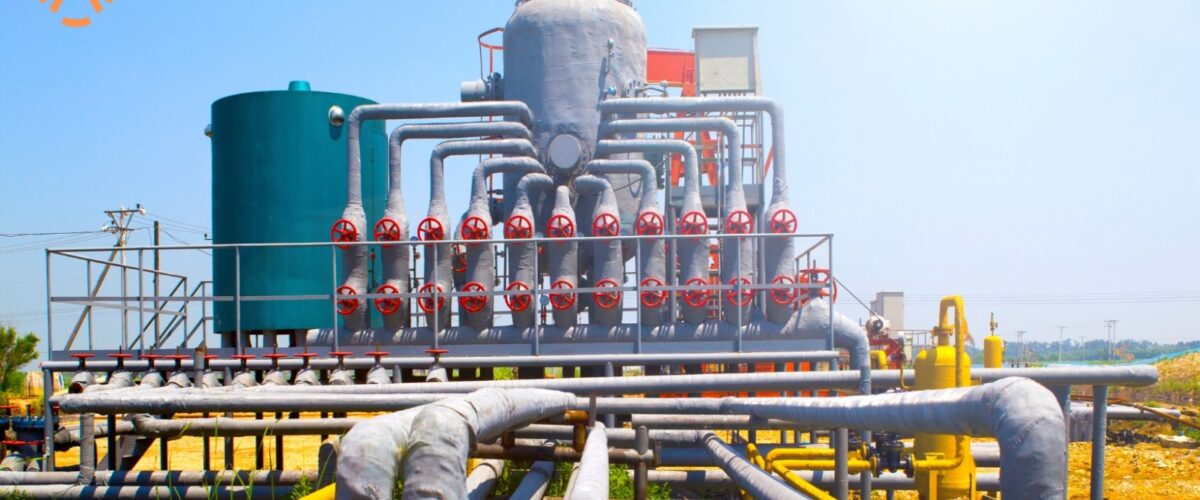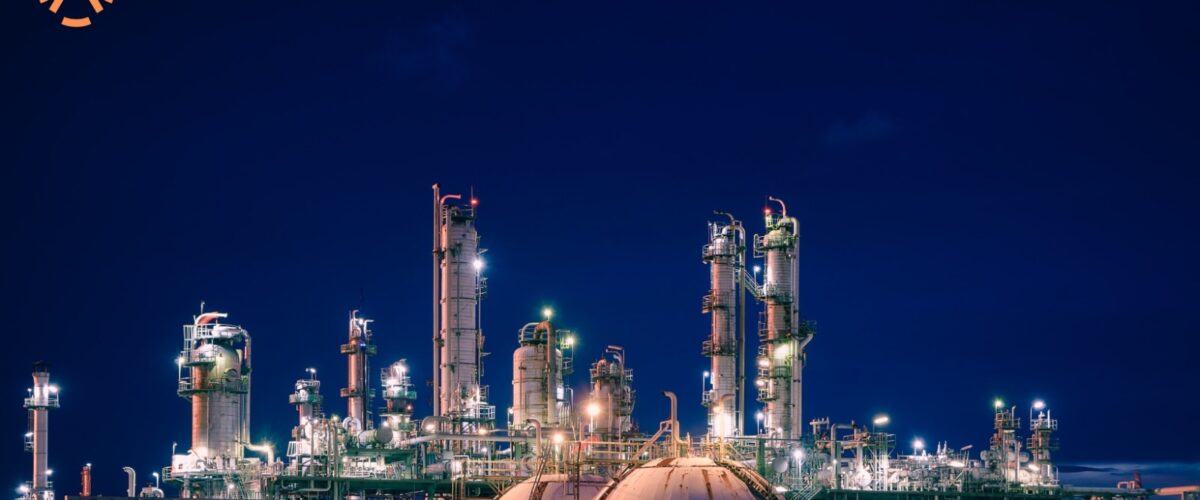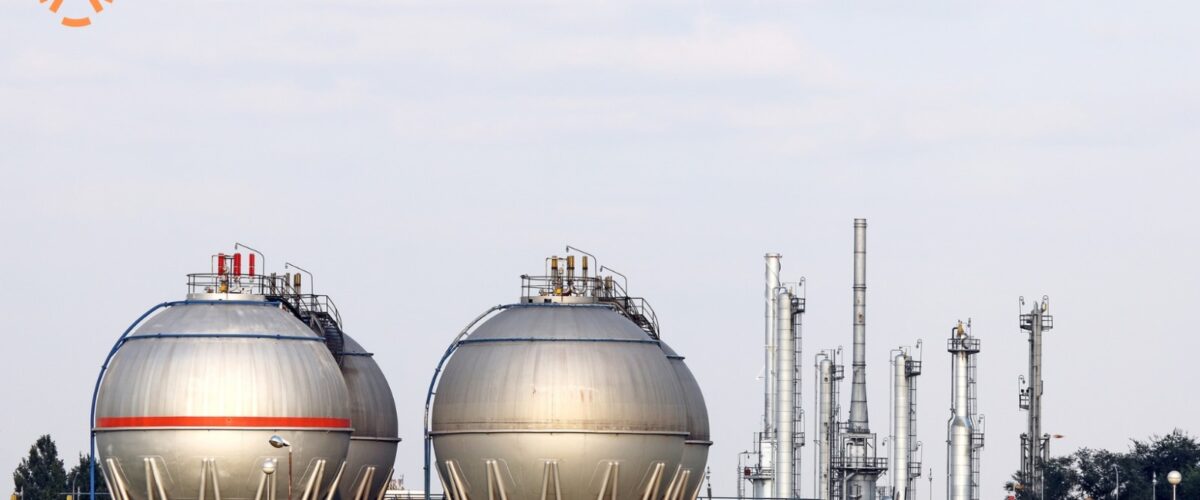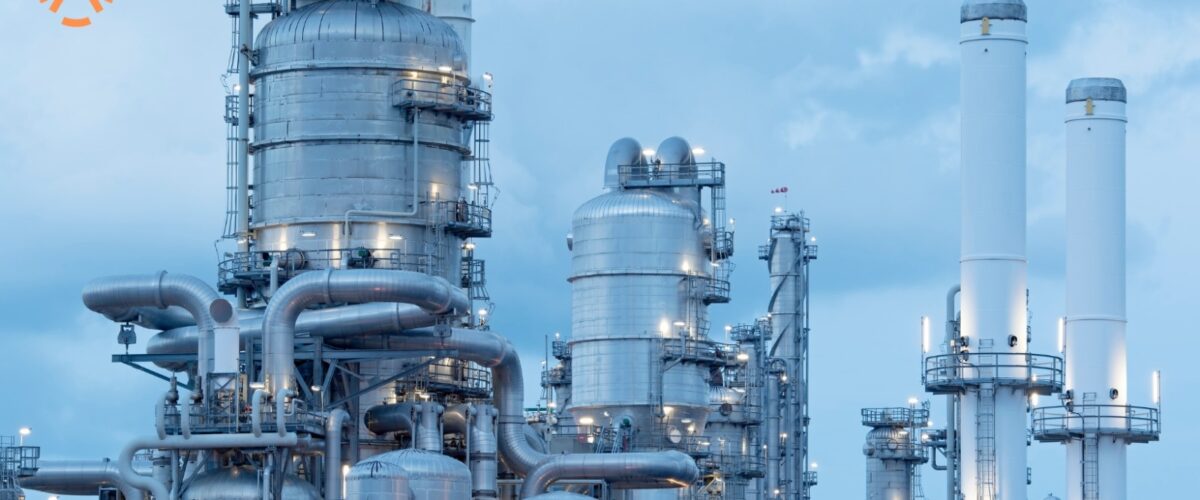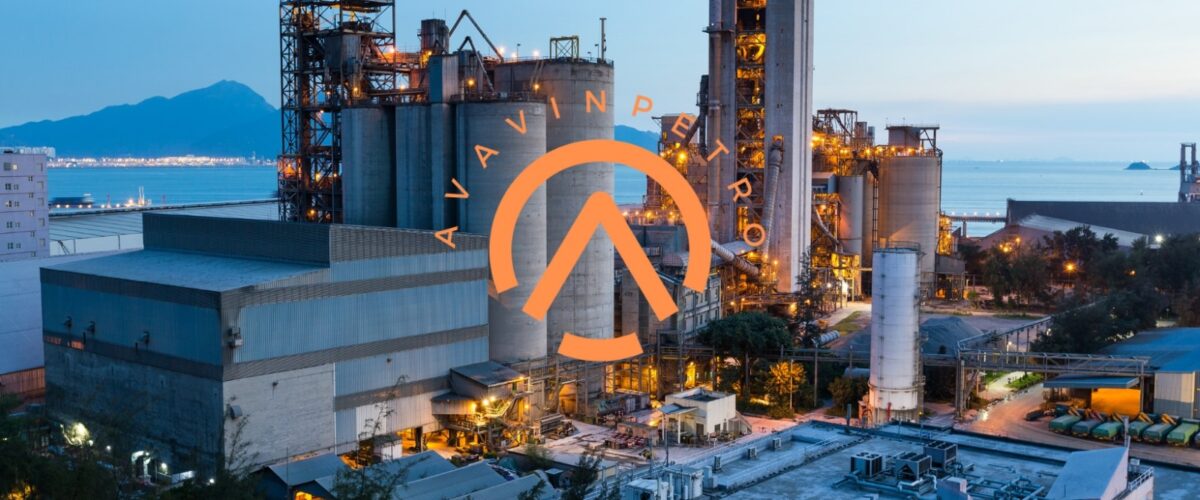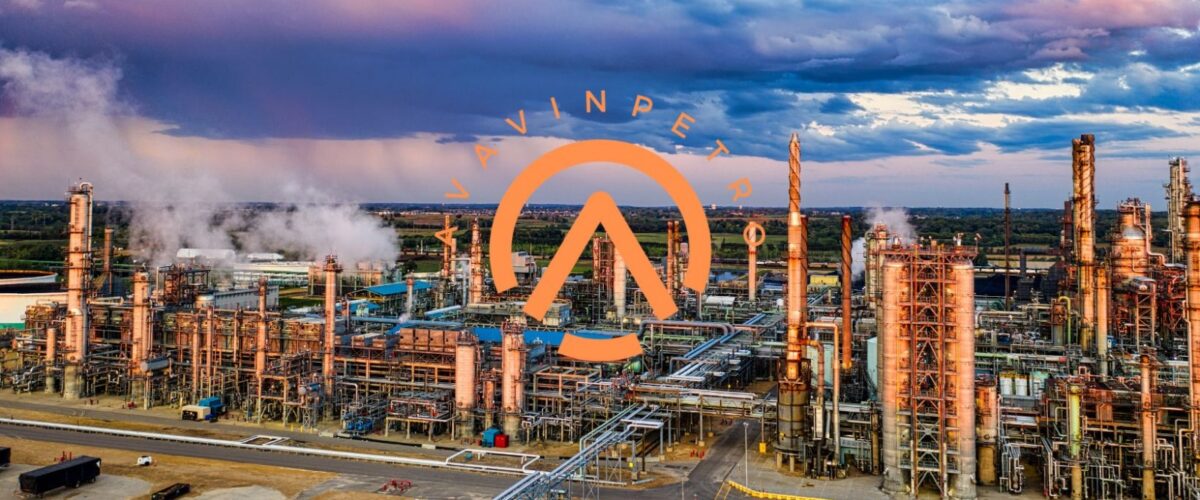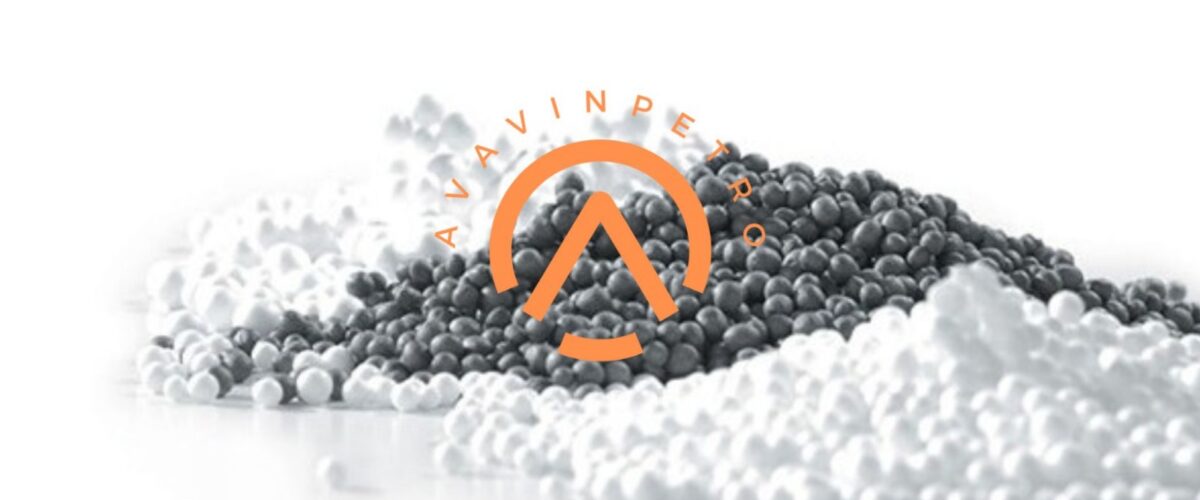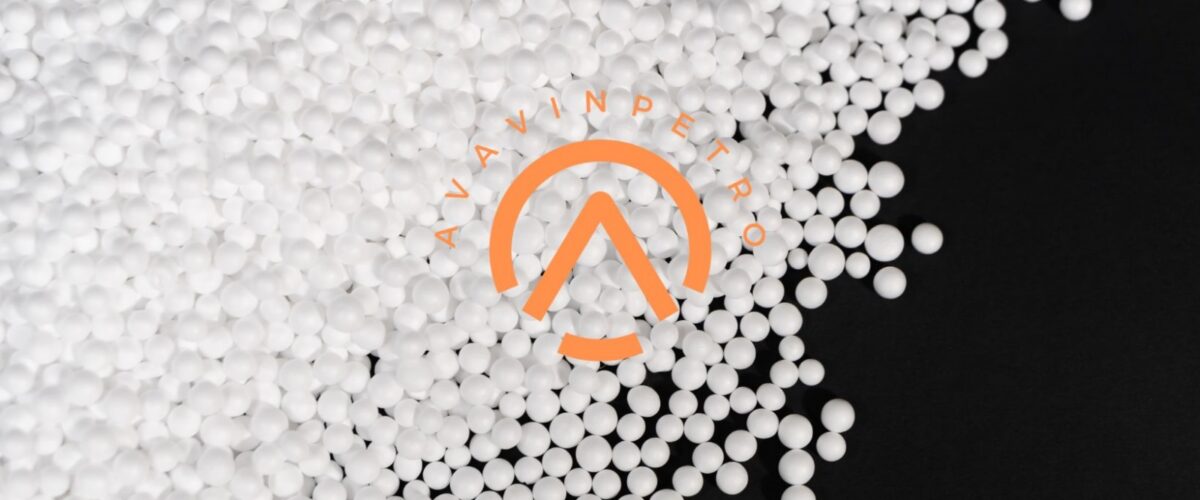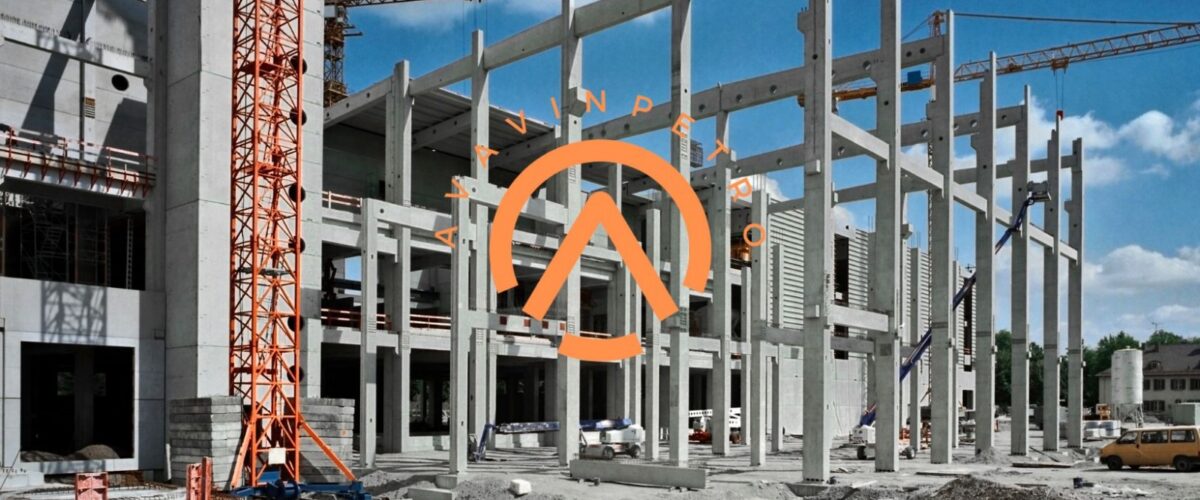Revolutionizing Petrochemicals: Trends You Can’t Ignore!
- Introduction to Petrochemicals Revolution
- Importance of Petrochemical Industry
- Overview of Avavin Petro
- Historical Evolution of Petrochemicals
- Early Petrochemical Industry
- Milestones in Petrochemical Development
- Current State of the Petrochemical Industry
- Global Petrochemical Market
- Key Players and Market Trends
- Technological Advancements in Petrochemicals
- Innovations in Petrochemical Processes
- Role of Automation and AI in Petrochemicals
- Sustainable Practices in Petrochemicals
- Environmental Impact of Petrochemical Industry
- Green Initiatives and Technologies
- Future Trends in Petrochemicals
- Shift towards Bio-based Feedstocks
- Emerging Petrochemical Applications
- Petrochemicals in Various Industries
- Automotive Sector
- Construction Industry
- Electronics and Packaging
- Challenges Facing the Petrochemical Industry
- Regulatory Hurdles
- Supply Chain Disruptions
- Avavin Petro: A Reliable Supplier
- Company Overview
- Product Portfolio and Quality Assurance
- Conclusion
- Summary of Key Points
- Outlook for the Petrochemical Industry
Introduction to Petrochemicals Revolution
Petrochemicals play a pivotal role in our daily lives, serving as the building blocks for a plethora of products ranging from plastics to pharmaceuticals. As the world undergoes rapid industrialization and urbanization, the demand for petrochemicals continues to soar. In this article, we delve into the revolutionizing trends shaping the petrochemical industry and highlight the contributions of Avavin Petro, a reliable supplier in this domain.
Importance of Petrochemical Industry
The petrochemical industry is the backbone of modern manufacturing, providing essential raw materials for various sectors including automotive, construction, and electronics. Its significance lies in its ability to transform hydrocarbon-based compounds into valuable products that fuel economic growth and innovation.
Overview of Avavin Petro
Avavin Petro stands out as a trusted name in the petrochemical supply chain. With a commitment to quality and reliability, Avavin Petro offers a diverse range of petrochemical products tailored to meet the evolving needs of its customers. From base chemicals to specialty polymers, Avavin Petro ensures consistent quality and timely delivery, earning the trust of clients worldwide.
Historical Evolution of Petrochemicals
The journey of petrochemicals dates back to the early 20th century when scientists began experimenting with hydrocarbon derivatives. The discovery of synthetic materials like plastic revolutionized industries, leading to the establishment of the petrochemical sector as we know it today.
Early Petrochemical Industry
The early days of the petrochemical industry were marked by breakthroughs in chemical synthesis and process engineering. Pioneering companies laid the groundwork for mass production of synthetic materials, heralding a new era of industrialization and consumerism.
Milestones in Petrochemical Development
Over the decades, the petrochemical industry has witnessed significant milestones that have shaped its trajectory. From the development of catalytic cracking to the discovery of new feedstocks, each advancement has expanded the scope and capabilities of petrochemical manufacturing.
Current State of the Petrochemical Industry
The petrochemical industry is experiencing robust growth, driven by rising demand from key end-use sectors such as packaging, textiles, and healthcare. Despite challenges posed by volatile raw material prices and geopolitical tensions, the market remains resilient, buoyed by innovation and strategic investments.
Global Petrochemical Market
The global petrochemical market is characterized by intense competition and dynamic market forces. Key players vie for market share amidst shifting consumer preferences and regulatory landscapes. Asia-Pacific emerges as a dominant market, fueled by rapid industrialization and urbanization.
Key Players and Market Trends
Leading petrochemical companies continue to invest in research and development to stay ahead of the curve. Trends such as Industry 4.0 and digitalization are reshaping manufacturing processes, driving efficiency and sustainability across the value chain. In this competitive landscape, companies like Avavin Petro stand out for their commitment to excellence and customer satisfaction.
Technological Advancements in Petrochemicals
Technological innovation is at the forefront of the petrochemical revolution, enabling companies to optimize processes and enhance product quality. From advanced catalysts to novel reactor designs, the industry is leveraging cutting-edge technologies to stay competitive in a rapidly evolving market.
Innovations in Petrochemical Processes
Breakthroughs in catalysis and process intensification have revolutionized petrochemical production, allowing for greater efficiency and flexibility. Continuous manufacturing techniques enable real-time monitoring and control, minimizing waste and maximizing yield.
Role of Automation and AI in Petrochemicals
Automation and artificial intelligence (AI) are driving the next wave of transformation in the petrochemical industry. Smart sensors and predictive analytics enable predictive maintenance and process optimization, reducing downtime and improving safety. Machine learning algorithms analyze vast datasets to identify patterns and optimize operations, unlocking new possibilities for efficiency and innovation.
Sustainable Practices in Petrochemicals
The petrochemical industry faces mounting pressure to adopt sustainable practices and reduce its environmental footprint. Companies are increasingly embracing green technologies and circular economy principles to mitigate the impact of their operations on the planet.
Environmental Impact of Petrochemical Industry
The petrochemical industry is a significant contributor to environmental pollution, with greenhouse gas emissions and plastic waste posing serious threats to ecosystems and public health. Sustainable alternatives and eco-friendly processes are essential to address these challenges and create a more sustainable future.
Green Initiatives and Technologies
In response to growing environmental concerns, petrochemical companies are investing in renewable feedstocks and eco-friendly processes. Bio-based polymers, recycled plastics, and carbon capture technologies are gaining traction as viable solutions to reduce carbon emissions and promote a circular economy.
Future Trends in Petrochemicals
The petrochemical industry is on the cusp of transformative change, driven by advancements in technology, shifting consumer preferences, and regulatory pressures. From bio-based feedstocks to innovative applications, the future of petrochemicals promises exciting opportunities and challenges.
Shift towards Bio-based Feedstocks
The growing emphasis on sustainability is driving a shift towards bio-based feedstocks derived from renewable sources such as biomass and agricultural waste. Bio-based chemicals offer a greener alternative to traditional petrochemicals, reducing reliance on fossil fuels and minimizing environmental impact.
Emerging Petrochemical Applications
Advancements in material science and nanotechnology are opening up new frontiers for petrochemical applications. From smart textiles to bio-inspired materials, innovative products are revolutionizing industries and driving demand for novel chemical solutions.
Petrochemicals in Various Industries
Petrochemicals serve as the building blocks for a wide range of industries, powering innovation and driving economic growth. From automotive components to electronic devices, their versatility and performance make them indispensable in modern manufacturing.
Automotive Sector
The automotive industry relies heavily on petrochemicals for manufacturing lightweight materials, lubricants, and coatings. Advanced polymers and composites enhance vehicle performance and fuel efficiency, contributing to sustainability and safety on the road.
Construction Industry
Petrochemicals play a vital role in construction materials such as plastics, adhesives, and insulation. High-performance polymers and specialty chemicals enhance durability and resilience, ensuring the longevity of infrastructure and buildings.
Electronics and Packaging
The electronics industry depends on petrochemicals for manufacturing semiconductors, display panels, and electronic components. Specialty polymers and resins provide the necessary properties for electronic devices, such as heat resistance and electrical conductivity. In the packaging sector, petrochemicals offer lightweight and durable solutions for food packaging, consumer goods, and industrial applications.
Challenges Facing the Petrochemical Industry
Despite its growth prospects, the petrochemical industry faces several challenges that threaten its sustainability and profitability. From regulatory hurdles to supply chain disruptions, companies must navigate a complex landscape to thrive in the global market.
Regulatory Hurdles
Regulatory compliance poses a significant challenge for petrochemical companies, with stringent environmental and safety regulations governing their operations. Compliance costs and regulatory uncertainty add to the complexity of doing business, requiring companies to invest in compliance management and risk mitigation strategies.
Supply Chain Disruptions
The petrochemical industry is vulnerable to supply chain disruptions caused by geopolitical tensions, natural disasters, and market volatility. Raw material shortages, transportation bottlenecks, and geopolitical conflicts can disrupt production and distribution channels, affecting market dynamics and pricing.
Avavin Petro: A Reliable Supplier
Amidst the challenges facing the petrochemical industry, Avavin Petro stands out as a reliable partner for companies seeking quality products and seamless supply chain solutions. With a proven track record of excellence and customer satisfaction, Avavin Petro offers a diverse portfolio of petrochemical products backed by stringent quality control measures and reliable logistics.
Company Overview
Avavin Petro is a leading supplier of petrochemical products, serving customers across diverse industries worldwide. With a focus on innovation and sustainability, Avavin Petro is committed to delivering value-added solutions that meet the evolving needs of its customers.
Product Portfolio and Quality Assurance
Avavin Petro offers a comprehensive range of petrochemical products, including base chemicals, specialty polymers, and performance additives. With state-of-the-art manufacturing facilities and rigorous quality assurance processes, Avavin Petro ensures product integrity and consistency, earning the trust and confidence of its customers.
Conclusion
The petrochemical industry is undergoing a period of rapid transformation, driven by technological innovation, sustainability imperatives, and shifting market dynamics. As companies adapt to these changes, reliable partners like Avavin Petro play a crucial role in ensuring continuity and success in a competitive landscape. With a focus on quality, reliability, and customer satisfaction, Avavin Petro is poised to lead the way in revolutionizing the petrochemical industry.
Written by Emir Narin

